Española Giant-Tortoise |
Reptiles of Ecuador | Testudines | Testudinidae | Chelonoidis hoodensis
English common names: Española Giant-Tortoise, Hood Island Giant-Tortoise.
Spanish common names: Galápago de Española, tortuga gigante de Española.
Recognition: ♂♂ 85.5 cm ♀♀ 76.9 cm. Chelonoidis hoodensis is a giant tortoise having a saddleback carapace. It is the only species of giant tortoise that occurs on Española Island.
Picture: Diego. Adult male. Centro de Crianza Fausto Llerena. Galápagos, Ecuador. | |
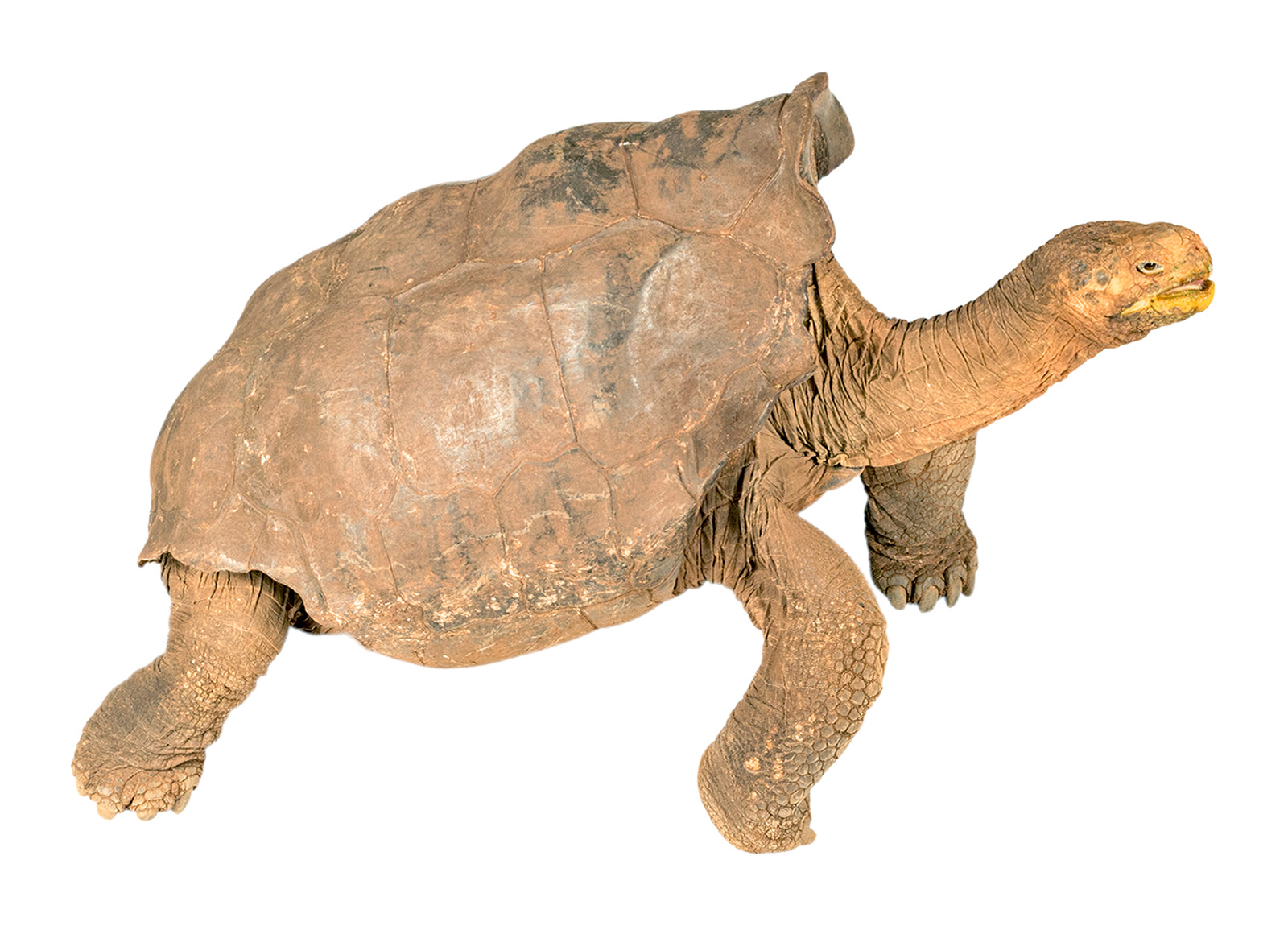 | |
Picture: Diego. Adult male. Centro de Crianza Fausto Llerena. Galápagos, Ecuador. | |
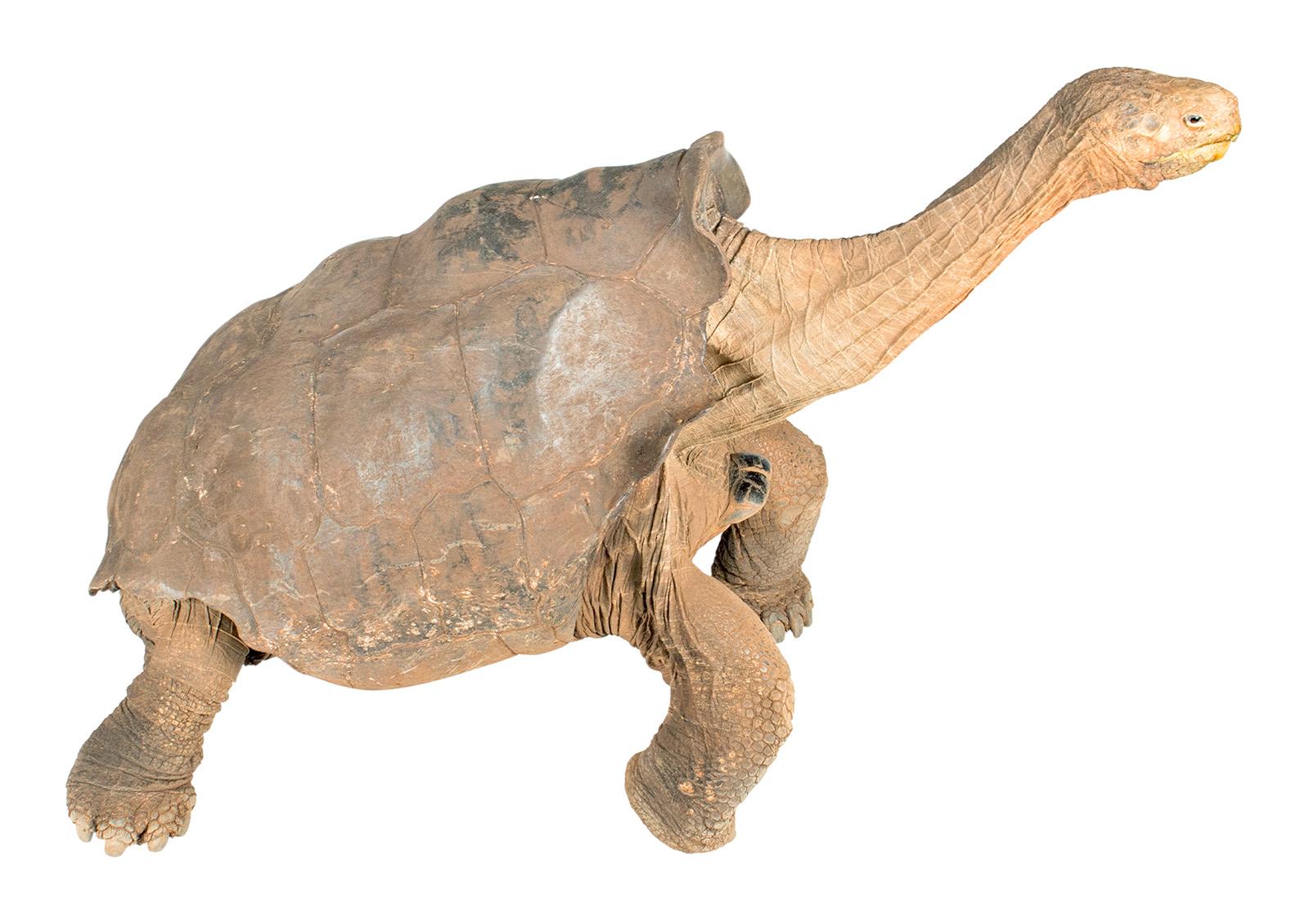 | |
Picture: Adult male. Centro de Crianza Fausto Llerena. Galápagos, Ecuador. | |
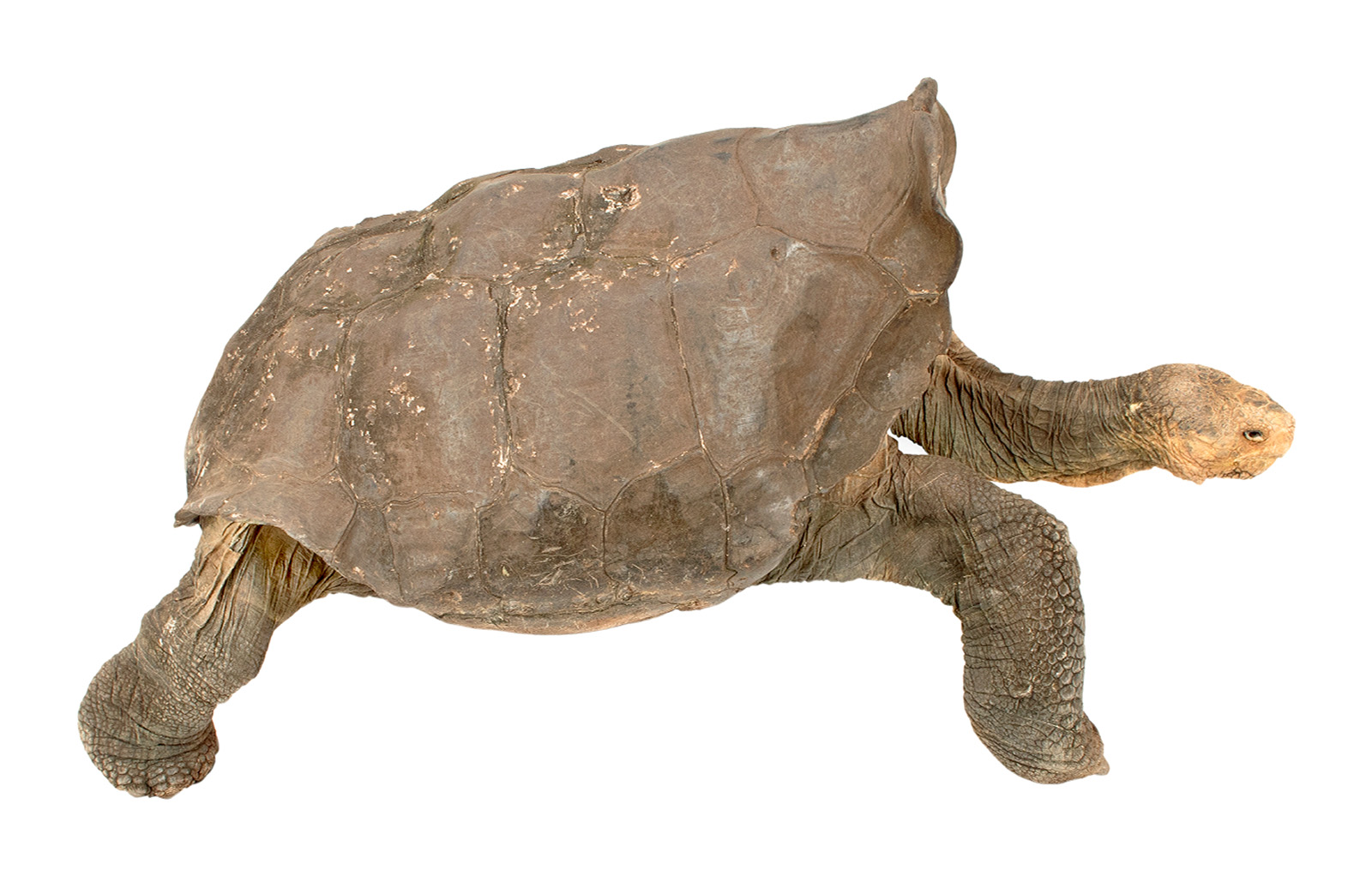 | |
Picture: Adult female. Centro de Crianza Fausto Llerena. Galápagos, Ecuador. | |
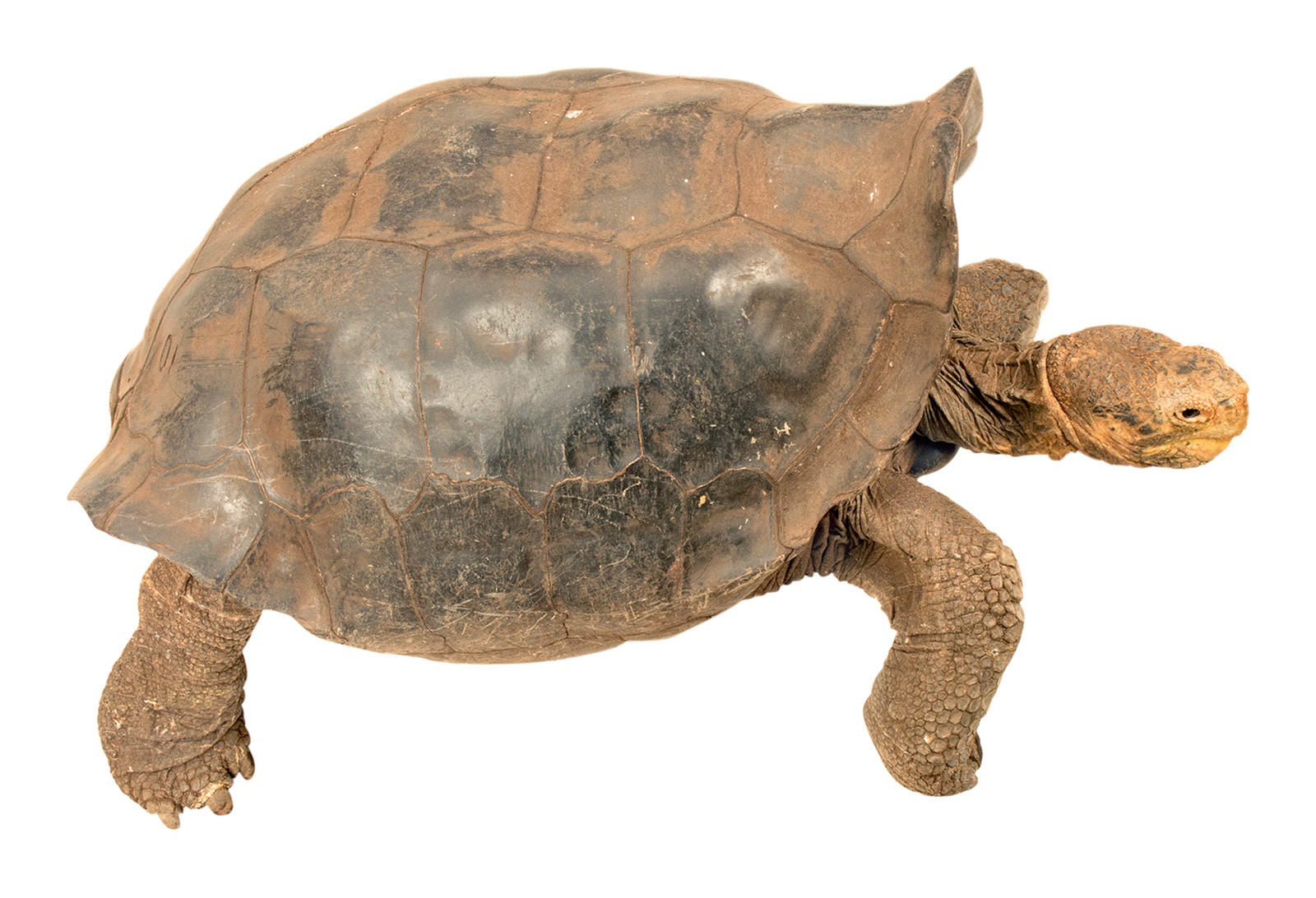 | |
Picture: Juvenile. Centro de Crianza Fausto Llerena. Galápagos, Ecuador. | |
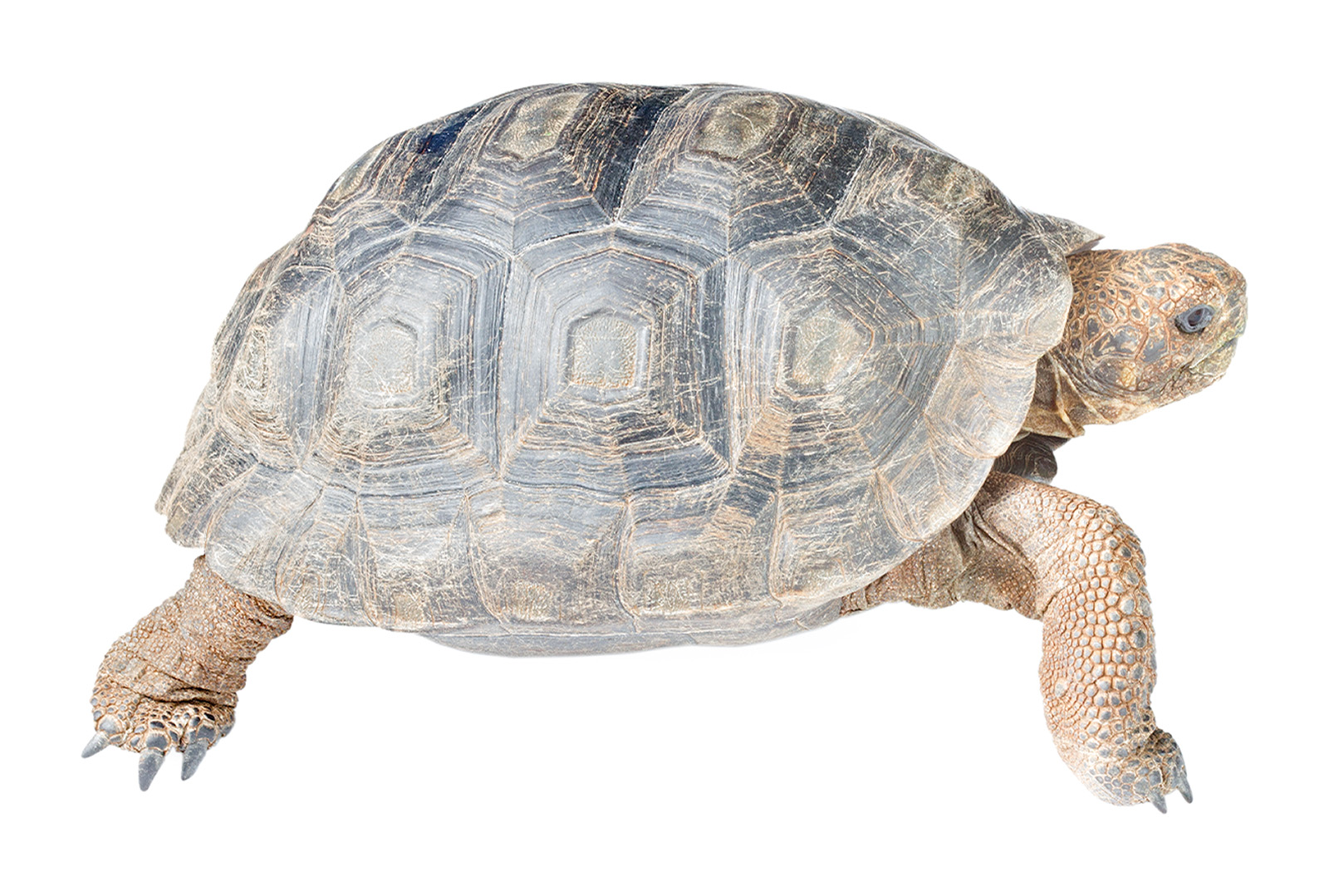 | |
Picture: Juvenile. Centro de Crianza Fausto Llerena. Galápagos, Ecuador. | |
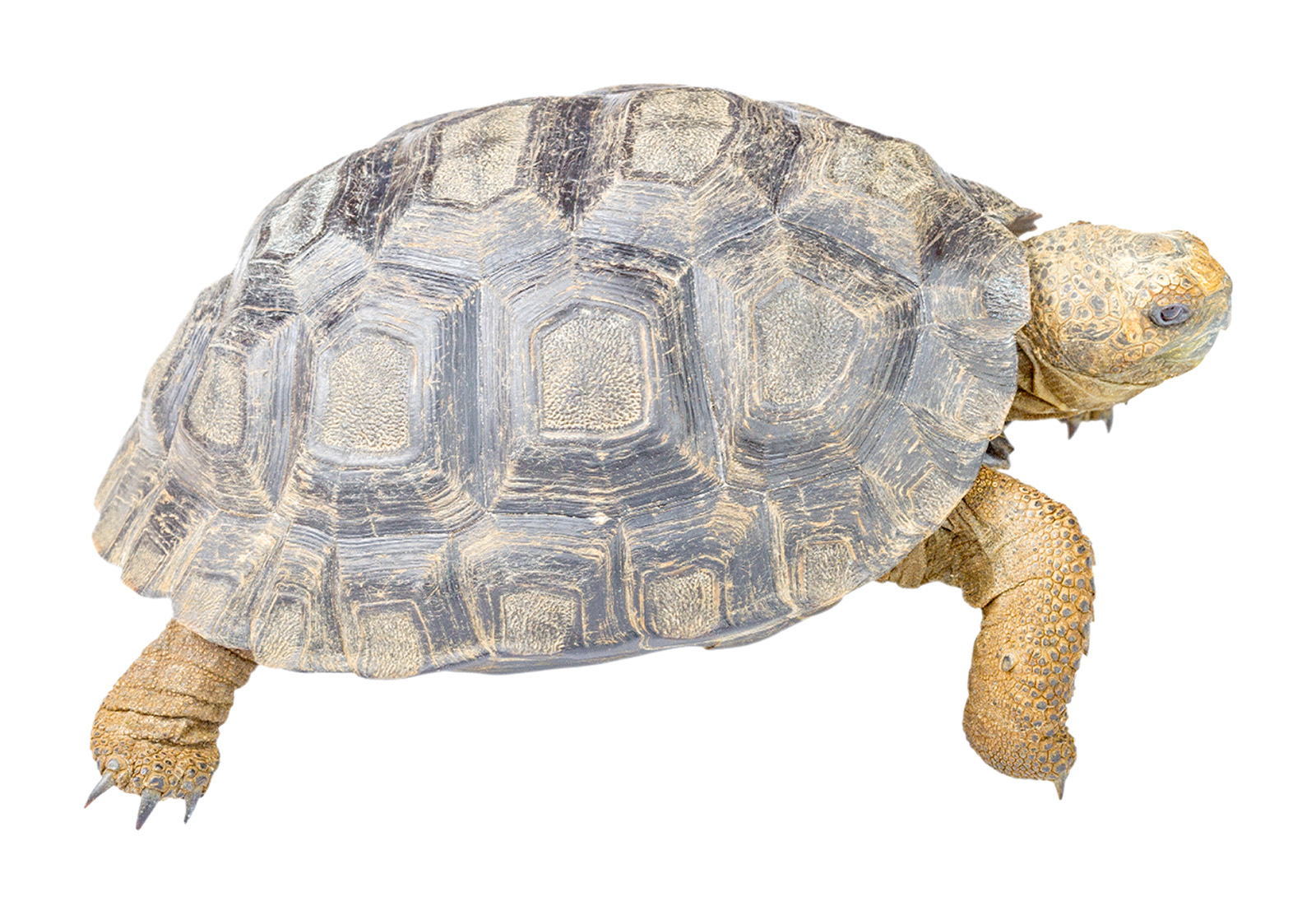 | |
Natural history: Common. Chelonoidis hoodensis is a diurnal and terrestrial tortoise that inhabits deciduous forests, dry shrublands, and dry grasslands. Española Giant-Tortoises appear to be heat-sensitive year round, becoming inactive during the middle of the day and seeking shade to cool off.1 They feed on cacti, grass, flowers, and fruits.2,3 Their diet seems to be largely based on the endemic giant prickly pear cactus, as the distribution of the cactus and the tortoise are closely related.1 Male Española Giant-Tortoises fight each other using a combination of biting, gaping, neck extensions, and shell-bumping.4 When mating, the tortoises produce resounding guttural sounds. Head-started juveniles of C. hoodensis generally stay close to their release sites.5 Most adults are sedentary, although some (16.7%) are nomadic. Nomadic adults move across the island to exploit areas with more predictable and abundant forage.6 Hatchlings are preyed upon by hawks.3
Conservation: Critically Endangered.7 Chelonoidis hoodensis is listed in this category because its population declined catastrophically from an estimated 2,400 individuals before human impact to 14 adults in the 1960s (a ~99% decrease).7 Whalers reduced this population drastically. At least 1,698 tortoises were captured between 1831 and 1868.8 At the beginning of the 20th century, introduced goats contributed to the decline of the species by heavily modifying the natural habitat of Española.9,10 In the 1950s and 1960s, the few remaining tortoises were so dispersed that reproduction was unlikely.11
In the 1960s and early 1970s, all Española Giant-Tortoise survivors (12 females and 2 males) were brought to a breeding center on Santa Cruz Island. A third male, named Diego, was returned to Galápagos in 1976 from the San Diego Zoo.7 This single male is, without a doubt, the animal that has contributed the most to preventing the extinction of a species; Diego is now over a hundred years old and has fathered 40–45% of all Chelonoidis hoodensis born in the captive breeding program.7 Goats were eliminated from Española in 1978. Since the late 1970s, nearly 1,900 tortoises have been reintroduced to Española and about 50% of them survive.12 Reproduction in natural conditions on Española has been observed since 1990.13 Today on Española, an estimated 860 individuals of C. hoodensis remain, and this number continues to increase,3,7 representing one of the best success stories in reptile conservation.
Notes on the extinct giant tortoise of Santa Fe. Although there is some discussion as to whether Santa Fe Island did or did not have an endemic tortoise species,10 there are accounts of whaling vessels removing tortoises from the island (22 were taken by the ship George and Susan in 1839 and 1 by the Henry H. Crapo in 1853).8 Similarly, bones were collected by the California Academy of Sciences expedition in 1906.14 Recent genetic analyses of these bone fragments suggest that the tortoise of Santa Fe was a unique tortoise species, which remains undescribed.15
Since the Santa Fe species is long gone, the Galápagos National Park introduced a total of 549 juveniles of Chelonoidis hoodensis to the island during 2015–2019, in an attempt to restore the natural ecosystem dynamics of Santa Fe.
Distribution: Endemic to the 60 km2 area of Española Island in Galápagos, Ecuador.
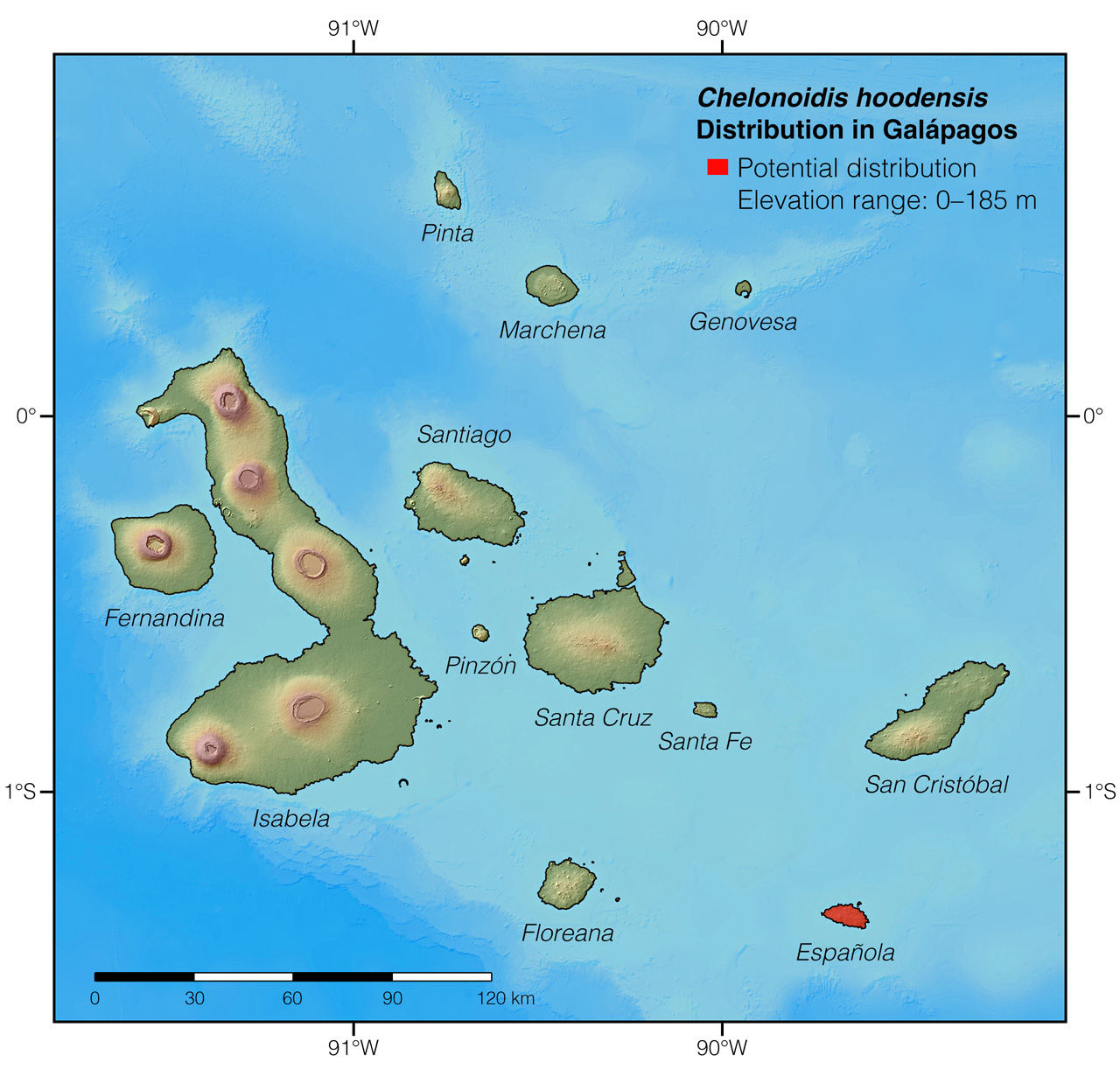
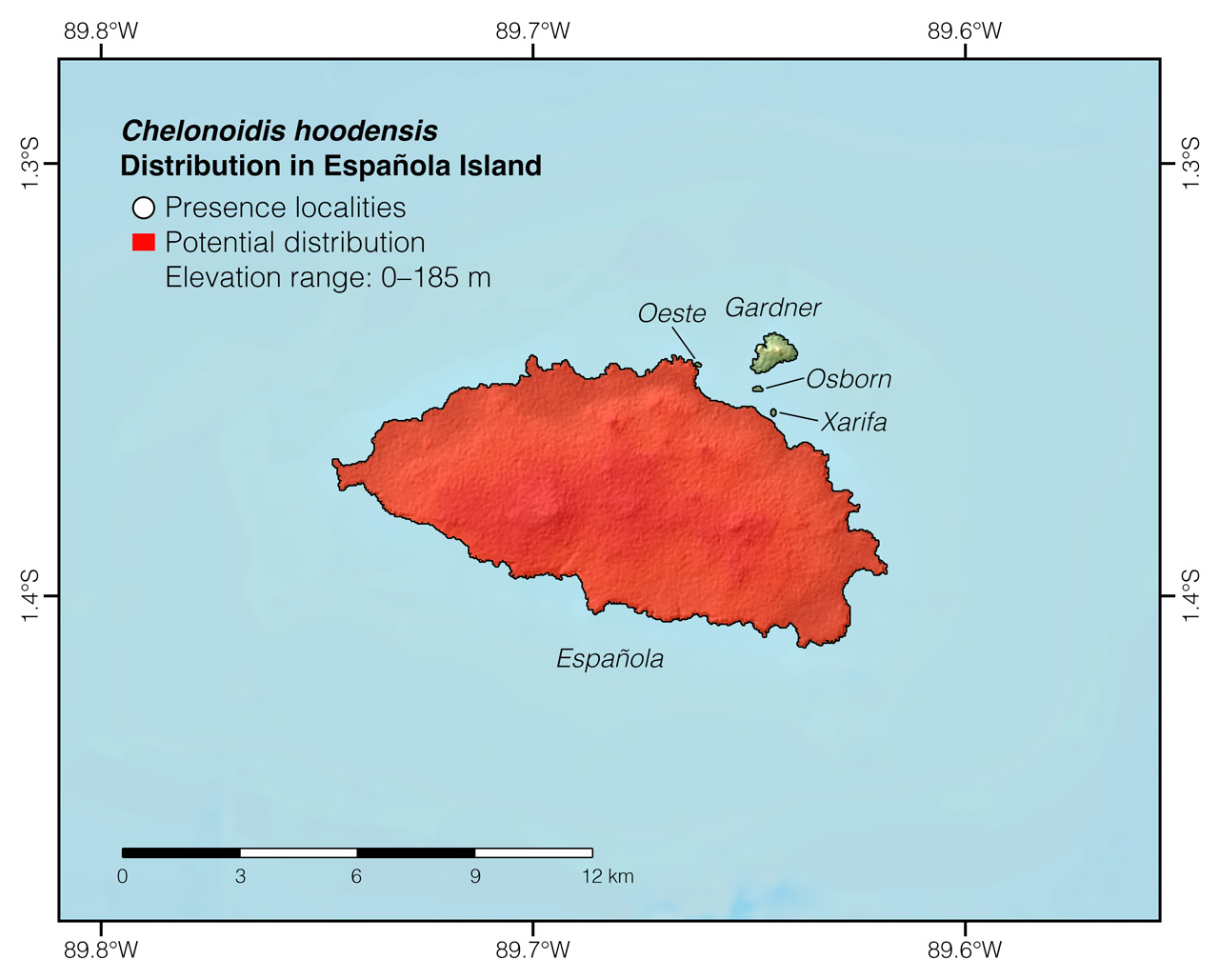
Etymology: The generic name Chelonoidis comes from the Greek word chelone (meaning “tortoise”).16 The specific epithet hoodensis refers to Española, previously known as Hood Island.17
See it in the wild: Until recently, all wild Española Giant-Tortoises were restricted to the center of the island, which is inaccessible to tourism. Today, the population of Chelonoidis hoodensis has recovered such that individuals can even be seen with increasing frequency at coastal tourism sites such as Gardner Bay and Punta Suárez. Head-started juveniles of C. hoodensis can be seen at the Centro de Crianza Fausto Llerena in Santa Cruz Island.
Authors: Alejandro ArteagaaAffiliation: Fundación Khamai, Reserva Arlequín, Ecoruta Paseo del Quinde km 56, Santa Rosa de Mindo, Pichincha 171202, Ecuador. and Juan M GuayasaminbAffiliation: Laboratorio de Biología Evolutiva, Universidad San Francisco de Quito (USFQ), Quito, Ecuador.,cAffiliation: Galapagos Science Center, Galápagos, Ecuador.,dAffiliation: Centro de Investigación de la Biodiversidad y Cambio Climático, Universidad Tecnológica Indoamérica, Quito, Ecuador.
Academic reviewers: Adalgisa Caccone and Diego Ellis.
Photographers: Jose VieiraaAffiliation: Tropical Herping (TH), Quito, Ecuador.,eAffiliation: ExSitu, Quito, Ecuador. and Alejandro ArteagaaAffiliation: Tropical Herping (TH), Quito, Ecuador.
How to cite? Arteaga A, Guayasamin JM (2020) Chelonoidis hoodensis. In: Arteaga A, Bustamante L, Vieira J (Eds) Reptiles of Ecuador: Life in the middle of the world. Available from: www.reptilesofecuador.com
Literature cited:
- Diego Ellis, unpublished data.
- Fritts TH, Fritts PR (1982) Race with extinction: herpetological notes of J. R. Slevin's journey to the Galápagos 1905–1906. Herpetological Monographs 1: 1–98.
- Márquez C, Wiedenfeld D, Snell H, Fritts T, MacFarland C, Tapia W, Naranjo S (2004) Estado actual de las poblaciones de tortugas terrestres gigantes (Geochelone spp., Chelonia: Testudinidae) en las islas Galápagos. Ecología Aplicada 3: 98–111.
- Schafer SF, Krekorian CO (1983) Agonistic behavior of the Galápagos tortoise, Geochelone elephantopus, with emphasis on its relationship to saddle-backed shell shape. Herpetologica 39: 448–456.
- Swingland IR (1989) Geochelone elephantopus. Galápagos giant tortoises. In: Swingland IR, Klemens MW (Eds) The conservation biology of tortoises. Occasional Papers of the IUCN Species Survival Commission (SSC), Gland, 24–28.
- Bastille-Rousseau G, Gibbs JP, Yackulic CB, Frair JL, Cabrera F, Rousseau LP, Wikelski M, Kümmeth F, Blake S (2017) Animal movement in the absence of predation: environmental drivers of movement strategies in a partial migration system. Oikos 126: 1004–1019.
- Cayot LJ, Gibbs JP, Tapia W, Caccone A (2016) Chelonoidis hoodensis. The IUCN Red List of threatened species. Available from: www.iucnredlist.org
- Townsend CH (1925) The Galápagos tortoises in their relation to the whaling industry: a study of old logbooks. Zoologica 4: 55–135.
- MacFarland CG, Villa J, Toro B (1974) The Galápagos giant tortoises (Geochelone elephantopus). Part II: Conservation methods. Biological Conservation 6: 198–212.
- Pritchard PCH (1996) The Galápagos tortoises. Nomenclatural and survival status. Chelonian Research Monographs 1: 1–85.
- Corley Smith GT (1977) The present status of the giant tortoise Geochelone elephantopus on the Galápagos Islands. International Zoo Yearbook 17: 109–112.
- Gibbs JP, Hunter EA, Shoemaker KT, Tapia WH, Cayot LJ (2014) Demographic outcomes and ecosystem implications of giant tortoise reintroduction to Española Island, Galápagos. PLoS ONE 9: e110742.
- Márquez C, Morillo G, Cayot L (1991) A 25-year management program pays off: repatriated tortoises on Española reproduce. Noticias de Galápagos 51: 17–18.
- Van Denburgh J (1914) The gigantic land tortoises of the Galápagos Archipelago. Proceedings of the California Academy of Sciences 4: 203–374.
- Poulakakis N, Edwards DL, Chiari Y, Garrick RC, Russello MA, Benavides E, Watkins-Colwell GJ, Glaberman S, Tapia W, Gibbs JP, Cayot LJ, Caccone A (2015) Description of a new Galápagos giant tortoise species (Chelonoidis; Testudines: Testudinidae) from Cerro Fatal on Santa Cruz Island. PLoS ONE 10: e0138779.
- Brown RW (1956) Composition of scientific words. Smithsonian Books, Washington, 882 pp.
- Van Denburgh J (1907) Expedition of the California Academy of Sciences to the Galápagos Islands, 1905-1906. I. Preliminary descriptions of four new races of gigantic land tortoises from the Galápagos Islands. Proceedings of the California Academy of Sciences 1: 1–6.